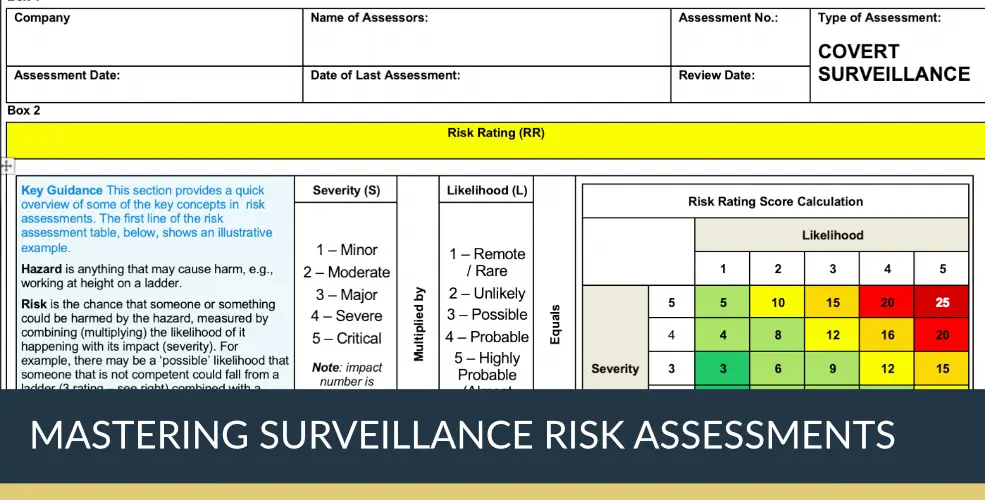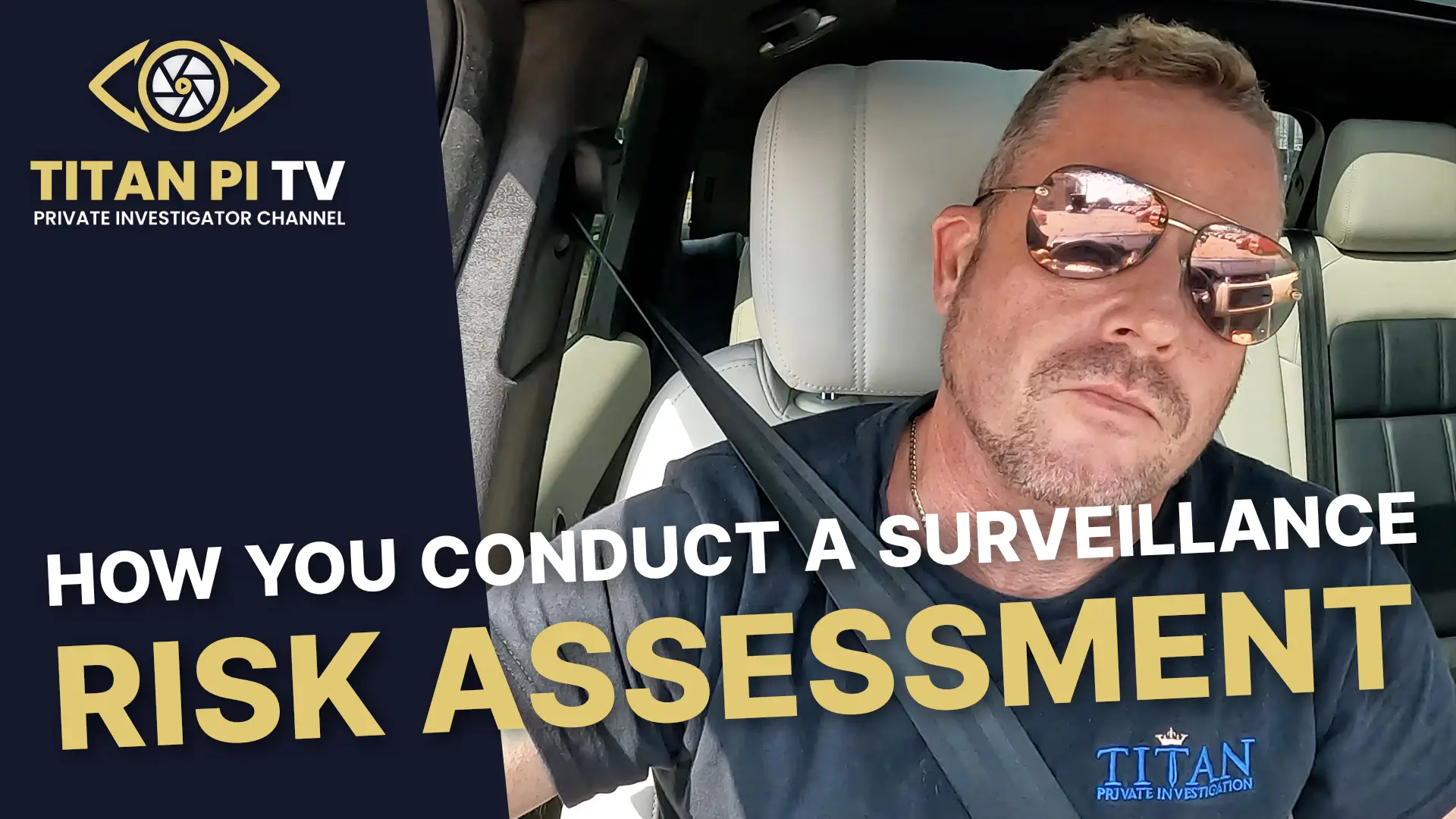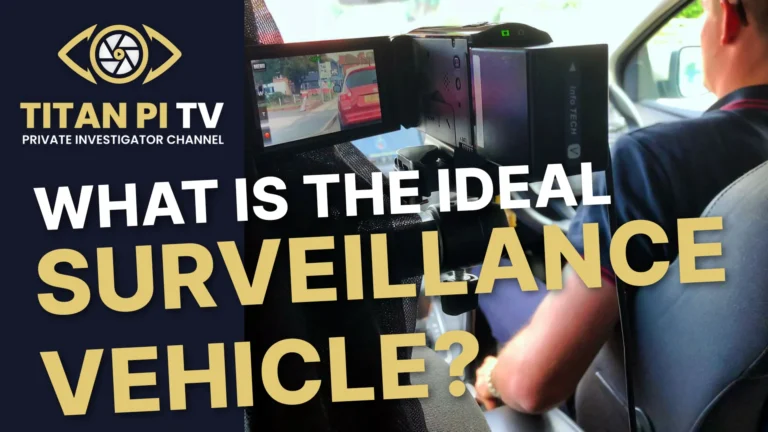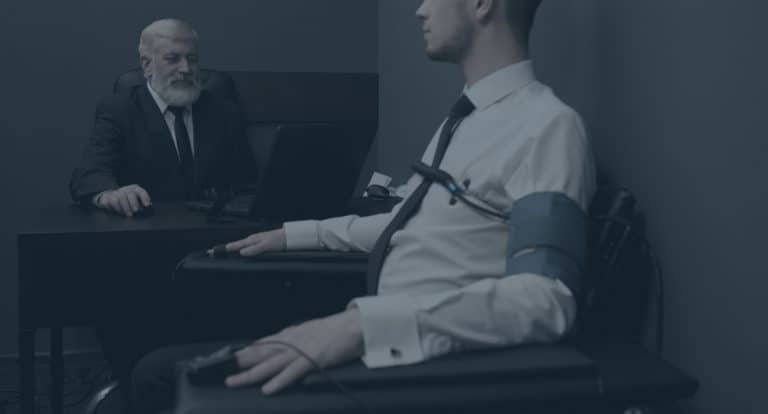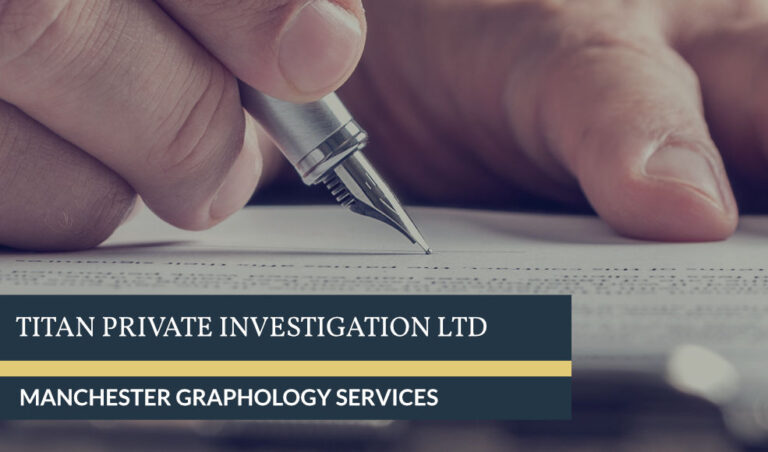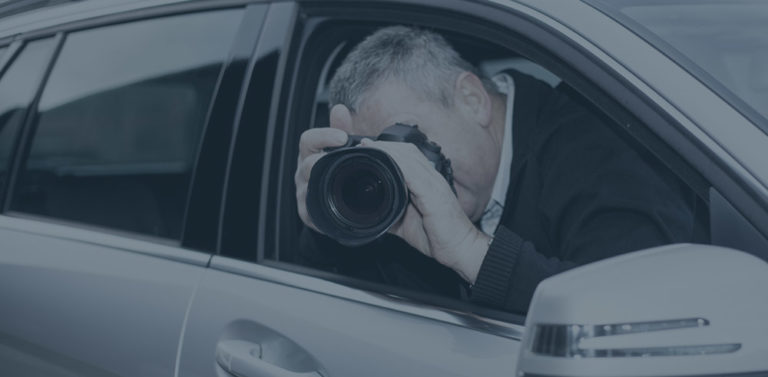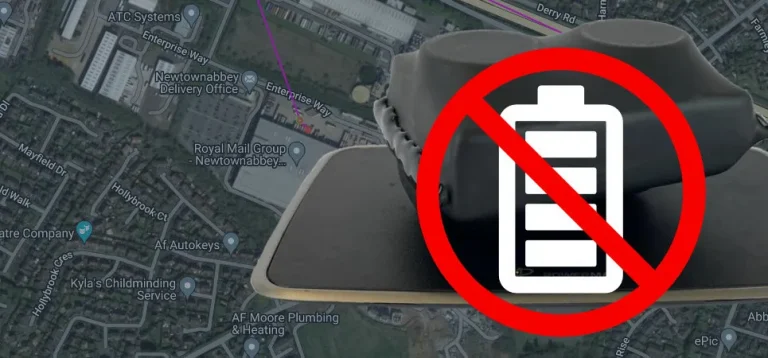Mastering Surveillance Risk Assessments with Titan Investigations
A Step-by-Step Guide for Operational Safety
In the world of professional surveillance, risk is never far away. Whether you’re tracking a subject in an urban environment, conducting mobile surveillance across counties, or discreetly monitoring behaviour in a corporate setting, one principle underpins every successful operation: safety comes first.
At Titan Private Investigation Ltd, our ethos is built around professionalism, discretion, and procedural integrity. Safety is not negotiable. A well-prepared surveillance risk assessment is the foundation upon which every secure and effective operation is built. Without one, investigators expose themselves, their clients, and the integrity of the mission to unnecessary danger.
This article explores how to design a strong risk assessment framework, explains how to quantify risk using a calculator model, and illustrates the importance of writing and monitoring assessments dynamically during live operations. Drawing on real-world case studies, we demonstrate how Titan’s proven methodology helps investigators make informed, safe, and practical decisions.
Understanding the Foundation: The Risk Assessment Framework
Surveillance risk assessments may sound bureaucratic, but in reality, they are the backbone of operational safety. At their heart, they are about one question: what could go wrong, and how do we prevent it?
A risk assessment provides a structured method of evaluating the dangers associated with a task. It ensures decision-making is evidence-based rather than instinctive, avoiding complacency or unnecessary risks. Importantly, it is a collaborative process: every member of a surveillance unit should understand both the risks and the control measures in place.
Benefits of a risk assessment framework:
- Consistency – All operations are assessed using the same methodology.
- Transparency – Teams and, where appropriate, clients know safety has been prioritised.
- Accountability – Decisions can be justified after the fact, should scrutiny be required.
- Operational effectiveness – Risks are reduced before they escalate into compromised missions.
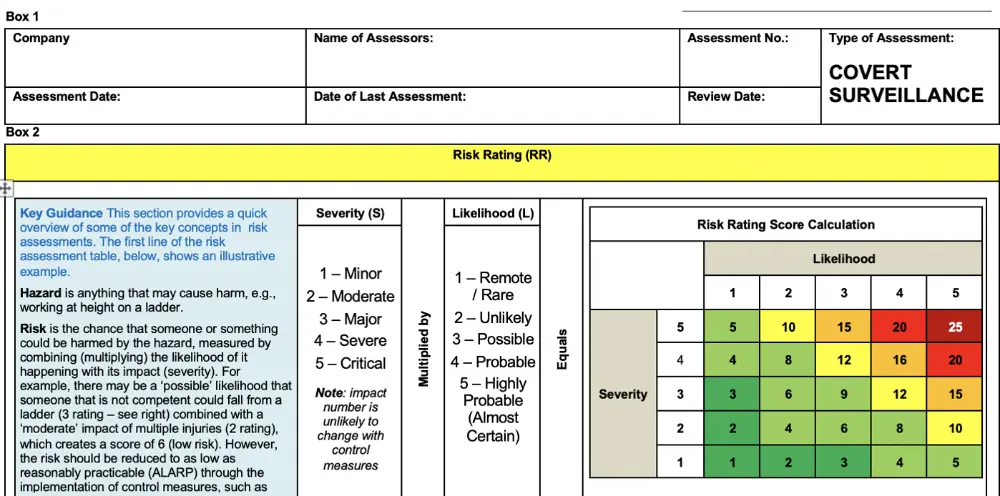
The Risk Calculator: Quantifying Danger
Risk, by nature, is subjective – but it becomes manageable when made measurable. This is where the risk calculator comes in. By assigning numerical values to severity and likelihood, risks can be calculated and categorised into low, medium, or critical.
The Scales
- Severity (1–5)
- 1 = Minor
- 2 = Moderate
- 3 = Major
- 4 = Severe
- 5 = Critical
- Likelihood (1–5)
- 1 = Remote/Rare
- 2 = Unlikely
- 3 = Possible
- 4 = Probable
- 5 = Highly Probable/Almost Certain
The Formula
Risk Score=Severity×Likelihood\text{Risk Score} = \text{Severity} \times \text{Likelihood} Risk Score=Severity×Likelihood
This formula gives a score ranging from 1 (very low) to 25 (extremely high). A simple traffic-light colour schema is often applied:
- Green (1–6) – Acceptable
- Amber (7–12) – Requires mitigation
- Red (13–25) – High risk – reconsider or suspend

Identifying Hazards: Spotting What Could Go Wrong
Surveillance hazards are not always obvious – they can be environmental, operational, human, or even technological in nature. Effective assessments involve thinking broadly about potential problems.
Common hazards include:
- Environmental – Slippery pavements, poor lighting, severe weather.
- Operational – Limited exit routes, difficulty blending into an environment, over-reliance on technology.
- Human – An aggressive subject, suspicious neighbours, inexperienced team members.
- Legal/ethical – Risk of breaching data protection or human rights regulations.
A crucial question to ask is: who might be harmed and how? Surveillance teams must consider not only themselves, but also bystanders, clients, and—critically—subjects of surveillance, ensuring that safety and legality remain paramount.
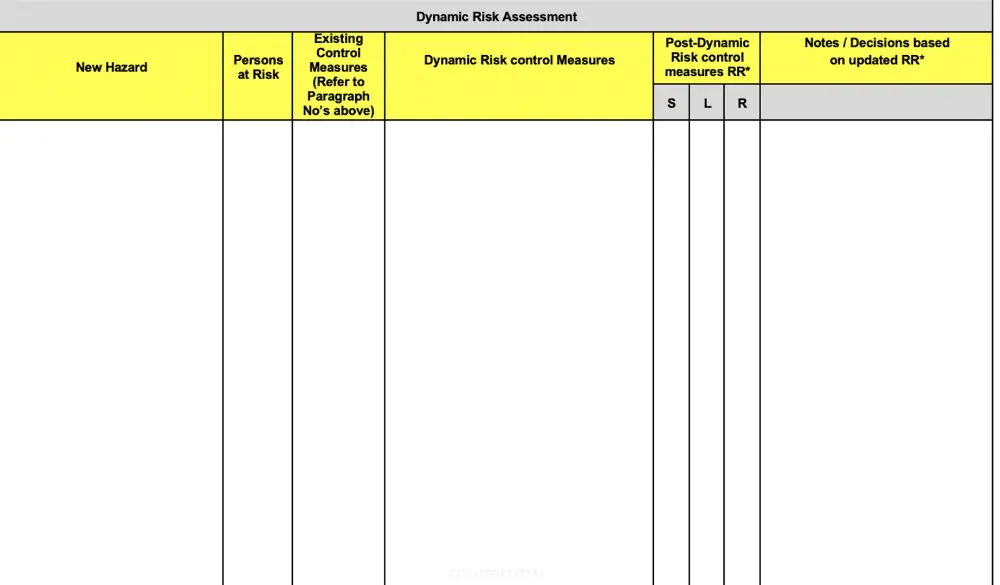
Practical Application: Real-World Case Studies
Theory becomes meaningful when applied. Below are two examples that highlight how adjusted risk assessments can guide safe outcomes.
Case Study 1: The Surveillance-Aware Subject
- Hazard: Subject surveillance awareness; past compromises.
- Initial Risk Rating: Severity = 3 (Major), Likelihood = 4 (Probable), Score = 12 (Amber).
- Mitigation: Employ covert GPS tracking technology to reduce physical tailing.
- Revised Rating: Severity = 2 (Moderate), Likelihood = 3 (Possible), Score = 6 (Green).
Outcome: Mission risks reduced to a manageable level, operation proceeds effectively.
Case Study 2: The Potentially Violent Subject
- Hazard: Known violent history, subject previously escalated to knife threats.
- Initial Risk Rating: Severity = 5 (Critical), Likelihood = 4 (Probable), Score = 20 (Red).
- Mitigation Options: Armoured clothing, larger surveillance team, device-based tracking.
- Decision: Even mitigated, risk remains significant.
Outcome: Operation cancelled or restructured, prioritising safety over client demands.
Documenting and Controlling Risks: Why Records Matter
Writing risk assessments is just as important as conducting them. Documentation not only strengthens operational discipline but also provides defensible evidence of due diligence.
A professional risk assessment form typically includes:
- Hazard identification.
- At-risk personnel or third parties.
- Existing control measures.
- Proposed additional measures.
- Residual risk rating (post-mitigation).
- Responsible person for actions.
This provides an official paper trail demonstrating compliance with both internal policy and wider health and safety standards.
Dynamic Risk Assessments: The Living Document
Surveillance, by nature, is fluid. A perfectly safe plan may become compromised when unexpected circumstances arise: road closures, heightened subject alertness, or interference by members of the public. This is where dynamic risk assessment comes in.
A dynamic risk assessment is carried out in real time during operations. The team leader continually scans for new hazards and evaluates whether the pre-written mitigations remain appropriate. If not, the plan adapts immediately – even if that adaptation means aborting the job.
Documenting these changes, even retrospectively, is crucial. It ensures lessons are captured, and future operations are strengthened.
The Bigger Picture: Training, Compliance, and Culture
Performing surveillance risk assessments is not a box-ticking exercise: it is part of building a culture of safety and professionalism.
- Training – Investigators should be taught how to recognise hazards, apply score-based calculators, and make sound mitigation decisions.
- Compliance – UK investigators must always consider relevant legislation, such as the Health and Safety at Work Act 1974, the Data Protection Act 2018, and human rights obligations.
- Culture – Teams thrive when operational safety is normalised, not feared. This culture avoids reckless decision-making and creates resilience against pressure from difficult cases or demanding clients.
By embedding risk assessments into daily practice, professional investigators safeguard not only themselves but also their organisations’ reputation and their clients’ trust.
Moving Towards “Green”: A Professional Commitment
Ultimately, the purpose of surveillance risk assessment is to move risks into the “green” zone wherever reasonably possible. If risks cannot be adequately controlled, responsible investigators must be prepared to pause, adjust, or decline the assignment.
This professionalism is what separates trained operatives from amateurs. At Titan Private Investigation Ltd, our teams know that client loyalty is built not by taking reckless risks, but by demonstrating diligence, transparency, and competence at every stage.
Surveillance Risk Assessments: Safety, Professionalism, and Best Practice
Surveillance is often portrayed in popular culture as fast-paced and reactive. In truth, its success is rooted in preparation, discipline, and foresight. Properly conducted risk assessments are therefore non-negotiable.
From building a framework, through hazard identification, calculator scoring, and mitigation, to dynamic real-time reassessments, risk management underpins every safe and effective operation.
At Titan PI TV, we continue to share strategies, tools, and insights drawn from our extensive operational experience. For clients, partners, and the wider investigative community, the message remains constant: safety is the product of planning, and successful surveillance begins with mastering risk assessments.
About Titan Private Investigation Ltd
Titan Private Investigation Ltd is a leading provider of corporate and private investigation services in the UK. Based in Derby, the company serves clients nationwide, offering a full range of investigative solutions including surveillance, fraud investigation, digital forensics, and more. With a reputation for professionalism, discretion, and results, Titan is the trusted partner of choice for businesses seeking to protect their interests and ensure compliance.
London Surveillance Operations – Call the Titan Investigations London Office 020 39046622
Birmingham Surveillance Operations– Call the Titan Investigations Birmingham Office 0121 7162442
Cambridge Surveillance Operations – Call the Titan Investigations Cambridge Office 01223 662022
Derby Surveillance Operations – Call the Titan Investigations Derby (Head Office) 01332 504256
Leeds Surveillance Operations – Call the Titan Investigations Leeds Office 0113 4574066
Leicester Surveillance Operations – Call the Titan Investigations Leicester Office 0116 2436520
Nottingham Surveillance Operations – Call the Titan Investigations Nottingham Office 0115 9646950
Manchester Surveillance Operations – Call the Titan Investigations Manchester Office 0161 3023008
Sheffield Surveillance Operations– Call the Titan Investigations Sheffield Office 0114 3499400
Truro Surveillance Operations – Call the Titan Investigations Truro Office 01872 888706
Alternatively, you can contact us directly using our fully confidential contact form at enquiries@titaninvestigations.co.uk or chat directly using our Live Chat facility, and one of our Corporate Investigations team will get right back to you.

